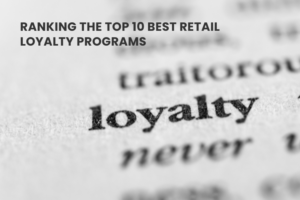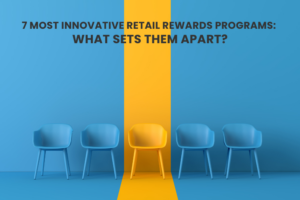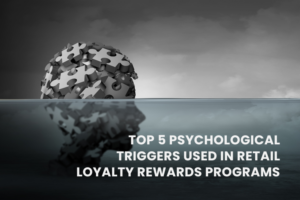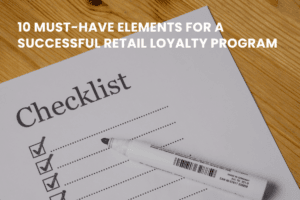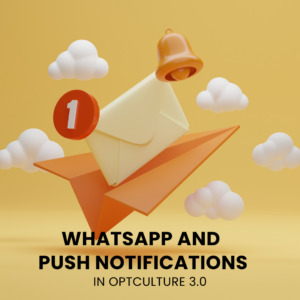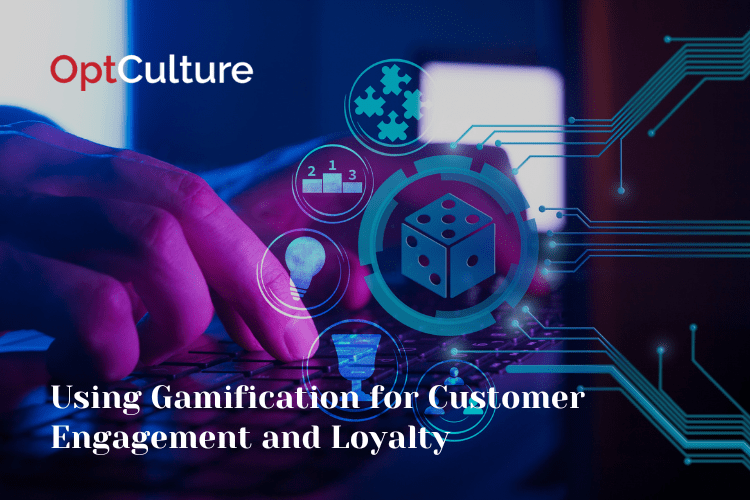
Gamification in marketing is the use of game-like elements and mechanics in non-game contexts, such as advertising and marketing campaigns. By incorporating gamification into their marketing strategies, businesses can create more engaging and rewarding experiences for their customers, and drive better results. In this article, we will explore how businesses can use gamification to drive customer engagement and loyalty, and discuss how OptCulture can help businesses to implement and manage gamification in their marketing strategies.
One of the key ways that businesses can use gamification to drive customer engagement and loyalty is to create clear and compelling goals for customers. By setting clear and compelling goals, businesses can create a sense of purpose and motivation for customers, and increase their engagement and loyalty. With OptCulture, businesses can easily create and manage goals for their customers, and integrate them into their marketing channels. This can help to create a sense of motivation and achievement for customers, and drive better results.
Another way that businesses can use gamification to drive customer engagement and loyalty is to use rewards and incentives to drive customer behavior. By offering rewards and incentives for specific actions, businesses can create incentives for customers to take those actions, and drive better results. With OptCulture, businesses can also create and manage rewards and incentives for their customers, and integrate them into their marketing channels. This can help to create incentives for customers to take specific actions, and drive better results.
One example of how businesses can use gamification to drive customer engagement and loyalty is the use of gamification by Starbucks. Starbucks used gamification to create a rewards program for customers, where they could earn points for making purchases, referring friends and family, or sharing their offers on social media. These points could then be redeemed for rewards, such as free drinks and food, discounts, or special offers. This gamification strategy helped Starbucks to increase customer engagement and loyalty, and drive better results. With OptCulture, Starbucks could have easily created and managed their rewards program, and integrated it into their marketing channels.
In conclusion, gamification in marketing can be an effective way for businesses to drive customer engagement and loyalty, and drive better results. By using best practices such as setting clear and compelling goals and using rewards and incentives, businesses can create engaging and rewarding experiences for their customers, and drive better results. With OptCulture, businesses can easily create and manage gamification elements, and integrate them into their marketing channels. With case studies such as Starbucks, we can see how gamification can be successfully used in marketing to drive customer engagement and loyalty.
One of the key ways that businesses can use gamification to drive customer engagement and loyalty is to create clear and compelling goals for customers. By setting clear and compelling goals, businesses can create a sense of purpose and motivation for customers, and increase their engagement and loyalty. With OptCulture, businesses can easily create and manage goals for their customers, and integrate them into their marketing channels. This can help to create a sense of motivation and achievement for customers, and drive better results.
Another way that businesses can use gamification to drive customer engagement and loyalty is to use rewards and incentives to drive customer behavior. By offering rewards and incentives for specific actions, businesses can create incentives for customers to take those actions, and drive better results. With OptCulture, businesses can also create and manage rewards and incentives for their customers, and integrate them into their marketing channels. This can help to create incentives for customers to take specific actions, and drive better results.
One example of how businesses can use gamification to drive customer engagement and loyalty is the use of gamification by Starbucks. Starbucks used gamification to create a rewards program for customers, where they could earn points for making purchases, referring friends and family, or sharing their offers on social media. These points could then be redeemed for rewards, such as free drinks and food, discounts, or special offers. This gamification strategy helped Starbucks to increase customer engagement and loyalty, and drive better results. With OptCulture, Starbucks could have easily created and managed their rewards program, and integrated it into their marketing channels.
In conclusion, gamification in marketing can be an effective way for businesses to drive customer engagement and loyalty, and drive better results. By using best practices such as setting clear and compelling goals and using rewards and incentives, businesses can create engaging and rewarding experiences for their customers, and drive better results. With OptCulture, businesses can easily create and manage gamification elements, and integrate them into their marketing channels. With case studies such as Starbucks, we can see how gamification can be successfully used in marketing to drive customer engagement and loyalty.
Latest Posts
Ranking the Top 10 Best Retail Loyalty Programs
July 21, 2024
Ranking the Top 10 Best Retail Loyalty Programs In the competitive...
7 Most Innovative Retail Rewards Programs: What Sets Them Apart?
July 21, 2024
7 Most Innovative Retail Rewards Programs: What Sets Them Apart? ...
Top 5 Psychological Triggers Used in Retail Loyalty Rewards Programs
July 21, 2024
Top 5 Psychological Triggers Used in Retail Loyalty Rewards Programs...
10 Must-Have Elements for a Successful Retail Loyalty Program
July 21, 2024
10 Must-Have Elements for a Successful Retail Loyalty Program Retail...
Elevating Communication with OptCulture 3.0: WhatsApp and Push Notifications
July 21, 2024
Elevating Communication with OptCulture 3.0: WhatsApp and Push NotificationsIn the...
